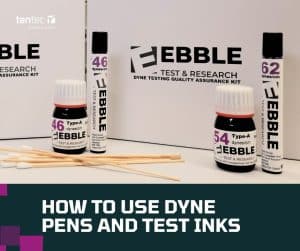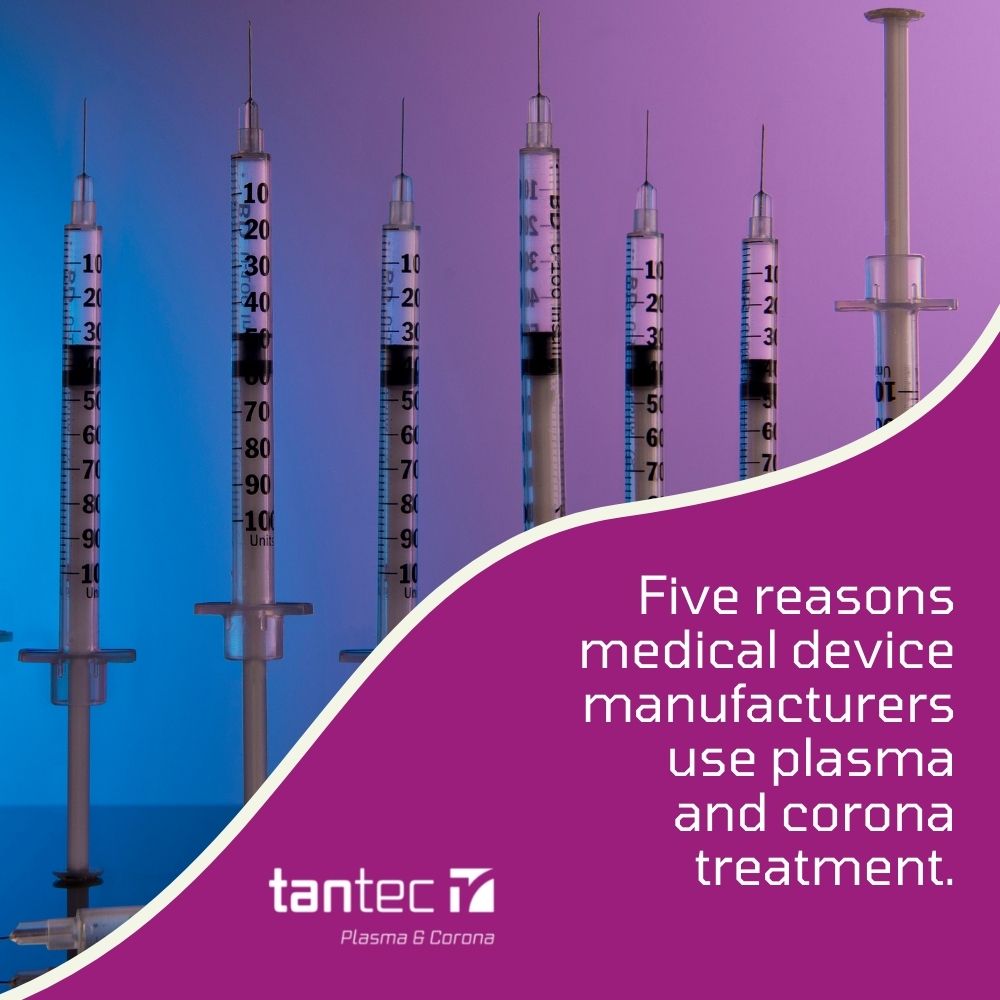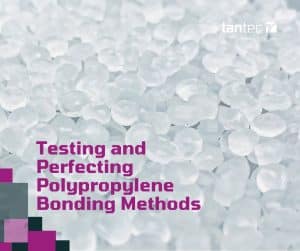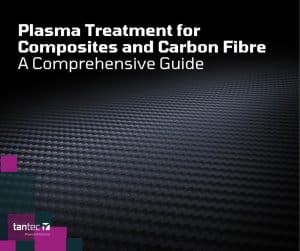
How to use Dyne Pens and Test Inks
Read this to find out the official way to get

For over 70 years, plasma and corona surface treatment systems have played an increasingly critical role in the manufacture of high-quality products within various high-technology industries around the world – none more so than the medical device sector.
Whether you’re looking for a plasma treater or comprehensive corona surface treatment solutions for your products, both technologies have their advantages. Here’s five reasons why medical device manufacturers use plasma and corona treatment.
If your component or product requires treatment to all of it’s surfaces, vacuum plasma is a great surface treatment solution. Even those complex 3D parts, which often have hidden away or hard to reach areas, can be thoroughly treated with an even, uniform finish. This is as a result of the controlled environment that is managed within a sealed chamber; usually at a medium vacuum of circa 2-12 millibar (mbar). A high-frequency electrical field then energises the gas, filling the chamber with plasma and enabling all surfaces to be treated.
However, corona surface treatment is also highly effective at achieving a uniform treatment level across all surfaces. For example, take Tantec UK’s patented RotoTEC-X corona surface treatment system. This operates with an electrode and counter-electrode (or dielectric). Our systems have various treatment heads, such as bars and shaped electrodes, but the RotoTEC-X uses different rotating heads to give a wide and consistent treatment. Consequently, a curtain-like veil of corona is created; through which the parts pass. As a result, the component contour, as well as any grooves, drill holes and edge protections, come into contact with the corona atmosphere and can be deemed as reliably pre-treated.
Both plasma and corona surface treatments are compatible with a diverse range of materials, including plastics and rubbers such as Polyolefins, EPDM-rubber, Polyethylene (PE), Plexiglas (PMMA) and Polypropylene (PP). They’re also highly effective at treating Teflon (PTFE), Polystyrene (PS), Polycarbonate (PC), PVC, Polyurethane (PUR) and ABS. These materials often pose a challenge to our customers, offering poor adhesion and wettability properties as a result of their low surface energy. Subsequently, we’re often approached about how our wide-range of services, including plasma cleaning and plasma etching, can resolve these issues.
Plasma treaters and corona systems modify the surface using electrical discharges, generating high surface energy ready to bond with glue, ink coatings and other substrates. However, it’s not just plastics and rubbers with which corona and plasma surface treatments are highly effective. They are also the preferred solution for the activation of other complex surfaces including various metals, glass, fabric and ceramics – often before further processing.
Corona and plasma cleaning are both highly effective in the cleansing of contaminated surfaces. Dirt and other contaminants can create problems with bonding, printing and coating processes; however both of these surface treatments ensure a clean surface.
For industries where goods produced need to be of the highest quality, plasma and corona surface treatments are highly recommended. This is due to the consistent, uniform treatment we’ve already mentioned, as well as long-lasting durability. However, it is just as much about the fact that you’re able to control the treatment process and create bespoke solutions to meet the exact needs of the client. For example, metal needles may require treatment prior to attachment to the plastic needle hub. This is because both materials will have differing surface energies that need to be aligned to maximise bonding performance. Untreated hubs offer tensile strengths between 18-25N; in stark contrast to corona-treated hubs generally achieving strengths of at least 75N.
Another prime example would be female catheters that are made from silicone; a material regularly used in various applications within the medical devices sector. It consists of synthetic polymers, which ensure it is biocompatible, reliable, flexible and easy to sterilise; all behaviours that make it ideal for its purpose. However, silicone isn’t an ideal surface for inks and other coatings to adhere to, as prior to treatment, it’s surface energy is usually less than 30mN/m. What can elevate the surface energy substantially to an acceptable level of performance? Vacuum plasma treatment. This technology more than doubles the surface energy to 72mN/m; a value necessary for coatings to wet the surface and adhere properly.
Furthermore, the risk of inefficiencies, operational safety hazards and potential for product damage caused by open flame treatment, chemical surface preparation and sanding techniques can all be eliminated by corona and plasma surface treatments. Furthermore, they also offer improved bonding results.
Whether you need plasma etching, plasma cleaning or corona surface treatment, the short processing time for all of these technologies allow for efficient, effective operations. Of course, like any manufacturing operation, the exact treatment time depends on the size of the part, the type of technology being used and any further processing required.
Plasma and corona surface treatments have driven down costs for manufacturers around the world, including in high-technology markets including aerospace, automotive and medical devices. They have enabled manufacturers to engineer innovative new materials and adopt low-cost operations in place of expensive adhesives and chemicals. Furthermore, you can also drive cost-efficient operational processing with faster treatment times.
That’s just five reasons why medical device manufacturers use plasma and corona treatment; two cost-effective, high-quality technologies that have helped revolutionise the world of engineering. If you’re looking for a trusted provider of corona and plasma systems, contact our Tantec UK’s experts today on 01527 304 004 or info@tantec-uk.com for a confidential discussion about how we can help.

Read this to find out the official way to get

Polypropylene (PP) bonding is traditionally a difficult task due to

Composites are becoming increasingly important in manufacturing, whether these are
40A Crossgate Road
Park Farm Industrial Estate
Redditch
B98 7SN
Tel: 01527 304 004
Email: info@tantec-uk.com
